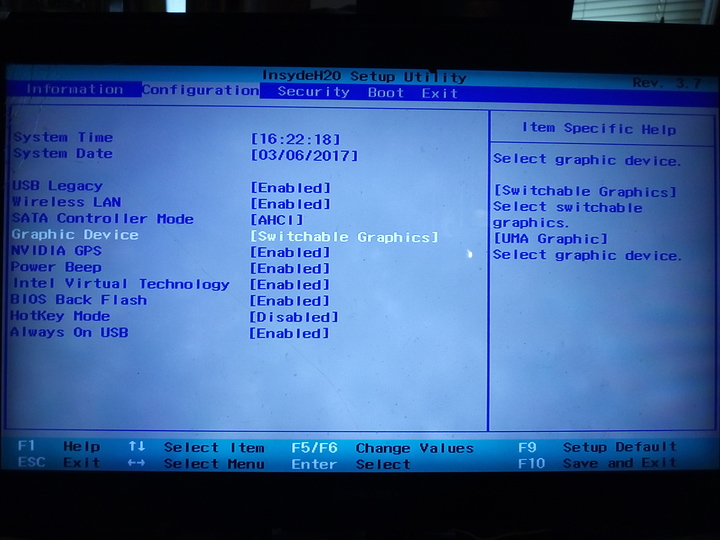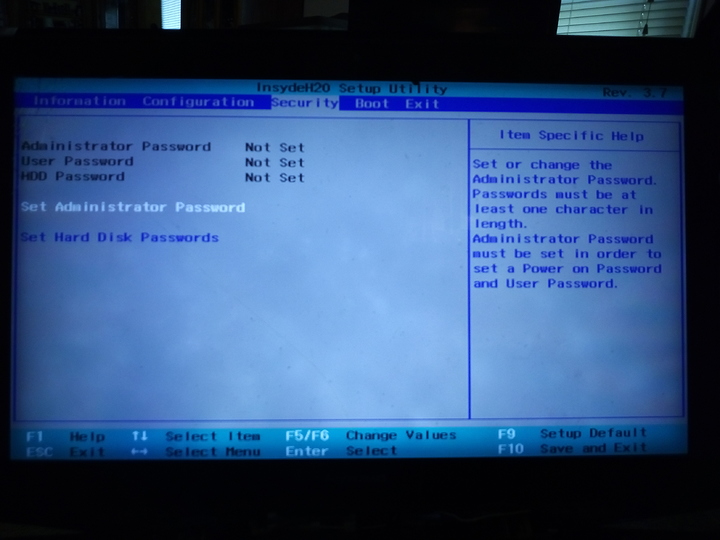I just don't understand the aggressiveness with which you insist that we throw away perfectly good hardware, just because it has reached some arbitrary age. I have an eleven year old machine based on an AMD Athlon CPU that I use daily. No, it isn't capable of running the latest 3D shooter, but that isn't what I'm using it for. With Solus/Mate the hardware is supported, the machine is responsive, it runs the programs that I need and I get regular security updates. There is no downside.
I also Still have an even older AMD K6 3/400 that runs Haiku perfectly well. I don't use this machine regularly, but I do like to download a nightly build from time to time to see how the Haiku project is progressing.
I just recently found my Gateway Anykey keyboard, so I wouldn't be at all surprised if there is an i486 lurking somewhere in my garage, too. Granted, there aren't many uses for an i486 today, outside of NASA, but after my i486 was no longer suitable for desktop duty, I loaded Red Hat onto it and converted it into a network gateway, file server and print server. It continued to serve in this role for many more years. Should I have instead thrown it away? I don't think so.
Tossing these machines in the trash, just because they are more than 3-4 years old is simply INSANE, since they run perfectly well and actually serve a purpose. Yes, I could run Haiku in a VM on my X99 machine, but that is not my choice/preference.
I'd also guess that there are still some companies out there, conducting their daily business on a minicomputer from the 1990's. Sure, a modern PC could run computational rings around an AS/400, for example, but if the company has a significant investment in custom software tools, then it is easy to understand their reluctance to upgrade, so long as their machine is still supported.
So, getting back to my original point, we know that we can't trust the manufacturer (IBM and mainframes being the possible exception) to support our hardware for any meaningful length of time, we have to be careful that we make informed buying choices. If we do that, there is obviously no guarantee, but the likelihood is that older hardware will continue to be supported by the open source community, long after the manufacturer has turned their collective backs on us. In this way, it is possible for this hardware to continue to perform useful service for extended periods, thereby offsetting the need to replace them prematurely.
My suggestion to the OP was to investigate the possibility that there may be an open source solution to his concern. The relatively new NVIDIA Optimus technology is already supported by Linux and I saw some comments that suggest that solutions may also be available for the DV6 dual GPU models. Why then are you so anxious to browbeat the OP into throwing his hardware away? Sadly, at the end of the day, that may turn out to be his only option, but I think that it is premature to assume that it is the only option.
By the way, I am typing this on a five year old ThinkPad that has an i5 CPU, 8GB of RAM and a SSD and it runs damn fast on Solus/Budgie. At this point, I don't foresee any reason why it should need to be replaced as my primary laptop, for at least another 2-3 years. If you have any complaints about my hardware, save your breath, I'm not interested.





